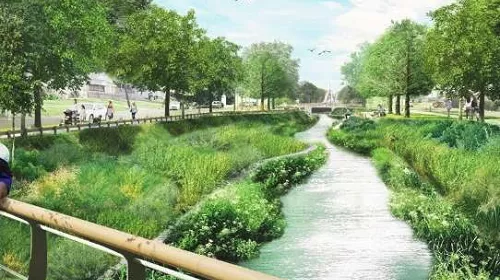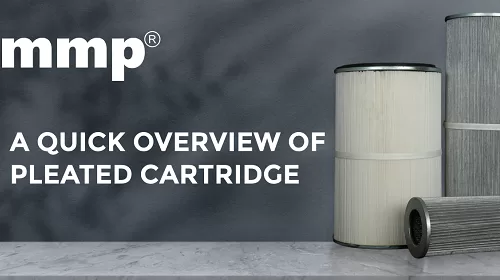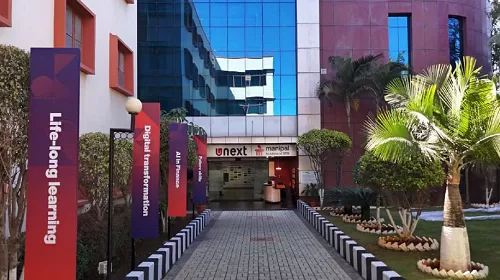By Arya Water Technologies
Lonavala also known as the ‘Jewel of Sahyadri’ is a hill station situated in the western ghats. It is a well-known tourist spot attracting large number of tourists every year. Increasing local populationand floating population of visiting tourists has increased pressure on the limited natural resources. Presently, water demand of lonavala is about 19- 20ML Dand projected water demand of different sectors viz., domestic use, industrial, tourism would be around 22-23 MLD and 30-35 MLD by the year 2025 and 2040, respectively. According to Commission, Government of India, about 80 – 81 % of water supplied by municipality is finally disposed as sewage. Domestic wastewater consists of collection treatment and disposal. The wastewater generated by different sectors needs monitoring and treatment before being discharged into water bodies. In Lonavala city, the existing lines require upgradation to meet ever increasing demands. The terrain of Lonavala, particularly in khandala and gold valley area, poses aproblem in laying down of conventional gravity flow sewer lines, which requires connecting each resident to a single collection system. So, it is not practical to treat wastewater through centralized wastewater treatment system.
Decentralized Sewage Treatment: DST The most feasible approach would be touse decentralized sewage treatment system. A decentralized wastewater treatment system is smallor individual wastewater treatment system, which treats water in a particular territory. Onsite or Localized treatment and reuse is the basic approach. Theoverall treatment process in decentralized system includes primary, secondary, and tertiary treatment installed incentralized system but on a smaller scale. It is desirable that in the decentralized wastewater treatment system the treated sewage is recycled and reused. Decentralized sewagetreatment can be a smart alternative for communities considering installation of new systems or modifying, replacing, or expanding existing wastewater treatment systems. For many communities, decentralized treatment can be: 8 1. Economical and Cost-effective • Eliminating large capital costs / huge investments • lower operation and maintenance costs • creating business and job opportunities 8 2. Green plus sustainable • Benefiting water quality and availability • Using energy and land wisely • Responding to growth while preserving green space 8 3. Safe in protecting the environment, public health, and water quality • Protecting the community’s health • Reducing conventional pollutants, nutrients, and emerging contaminants • Mitigating contamination and health risks associated with wastewater. In line with above, under the Government of India Swatch Bharat Mission Lonavala Municipal Corporation – LMC decided to install 4 Nos of decentralized STP’s for treating sewage / sullage at following places 8 Ram Nagar Slum Area. 8 Khandala Lake 8 Chhatrapati Shivaji Maharaj Garden 8 Lonavala Bhaji Market Sine IIT Bombay Company was engaged for preparation of DPR for above project.
Ram Nagar
Ram Nagar is a slum area having a population of about 4000 people which is further growing. This slum area is near the Lonavala lake, towards the bushy dam road. The sewage water coming from the slum area directly enters Location: Ram Nagar the lake and pollutes the lake water which turns to be harmful for the living beings in the lake. LMC decided to partially treat the sewage and hence decided to install a package STP Plant.The space allocated for installation of above sewage treatment plant is near lonavala lake.
Khandala Lake Khandala lake is one of the beautiful tourists spot and is enroute from Khandala to Lonavala. Some slums have emerged in the border of this lake The sewage water coming from the slum area directly enters the lake and pollutes the lake water which turns to be harmful for the living beings in the lake. LMC decided to partially treat the sewage and hence decided to install a package STP Plant. Chhatrapati Shivaji Maharaj Garden CSMG is a garden in the heart of Lonavala. Aopen sewage line passes through this garden and hence LMC decided to treat the sewage and use the water for gardening. Bhaji Market Bhaji Means Vegetable and there is sewage nalla passing nearby through the Bhaji Market. LMC decided to install the STP Plant at this location to partially treat the sewage and reuse the same
Case study of Package STP Plant – OSNOS- FFBM LMC had tendered the above plant to a local civil contractor who in turn had on back-to-back basis given the order to Arya Water Technologies – AWT Mumbai. Arya had in house de-signed and engineered, fabricated supplied and erected the package decentralized sewage treatment plant based on fixed film bio media technology which is simple to operate, has low maintenance cost and consumes very less energy. The complete package unit is prefabricated at our designated shops / sub vendors shop and shipped to the site for installation on civil foundations. To help with operator training., operators can watch the training and maintenance videos, which was filmed onsite. Pretrial / Pre commissioning completed, and results are satisfactory. Water is gravity fed in sewage collection sump from the existing nalla. Basic Principle: Fixed Film Bio Media (FFBM) based wastewater treatment plant works on the principle of ‘Aerobic Hybrid System’ with ‘Attached Growth. Technology’. Core of system is ‘Air Permeable Type’ media that provides 1substrate for an aerobic biofilm to grow. constant recirculation is provided to the reactor allowing sufficient time for degradation and higher MLSS at lower HRT,enabling an efficient mechanism for reduction of COD, TSS & nutrients in wastewater. Treated water can subsequently be used for various non potable applications.
Process Description Collection chamber: The Collection Chamber connects homes to the vacuum sewer system. Wastewater flows by gravity into a collection chamber where the untreated waste is collected for treatment. Reactor Tank: The wastewater is transferred from collection pit through reactor feed pump via bar screen to reactor tank. The reactor tank is layered with multiple layers of membrane on which wastewater is sprayed through multiple nozzles. These specially designed membranes allow formation of aerobic bacteria. Multiple nozzles allow air to mix with wastewater naturally or via air supplied through blowers aiding multiplication of bacteria while the membrane provides nesting support. Recirculation Settling Tank: The mixture of sludge and water from reactor tank is passed to recirculation settling tank. The sludge settles at the bottom and clarified water is collected from the surface. The bottom sludge is transferred through recirculation pump and sprayed again in the reactor tank to further aid aerobic bacteria growth and in turn accelerate BOD & COD removal. Filtration Unit: Clear water from the top-level recirculation settling tank overflows into the Gravity Filtration Tank that consists of granules, sand and activated carbon layers. Treated sewage from filtration unit can be used in horticulture. Tertiary Treatment: Tertiary treatments such as Chlorination/UV/ Ozonation can be added to make the treated water suitable for floor washing, toilet flushing and other applications. The package type FFBM are available in sizes of 15 KLD, 25 KLD and scalable up to 50 KLD & 75 KLD. Higher capacity package plants available are based on MBBR / other technologies.





